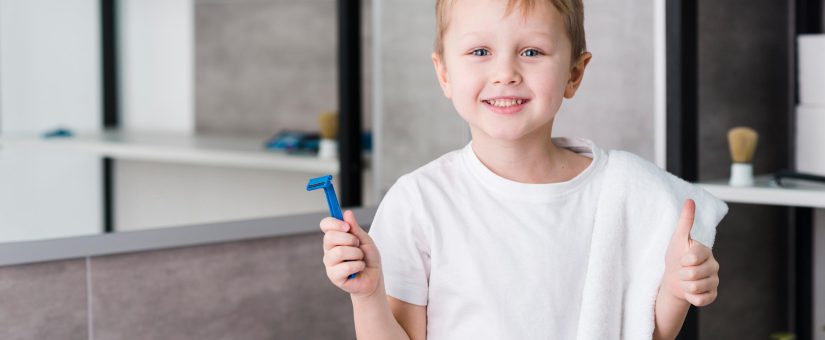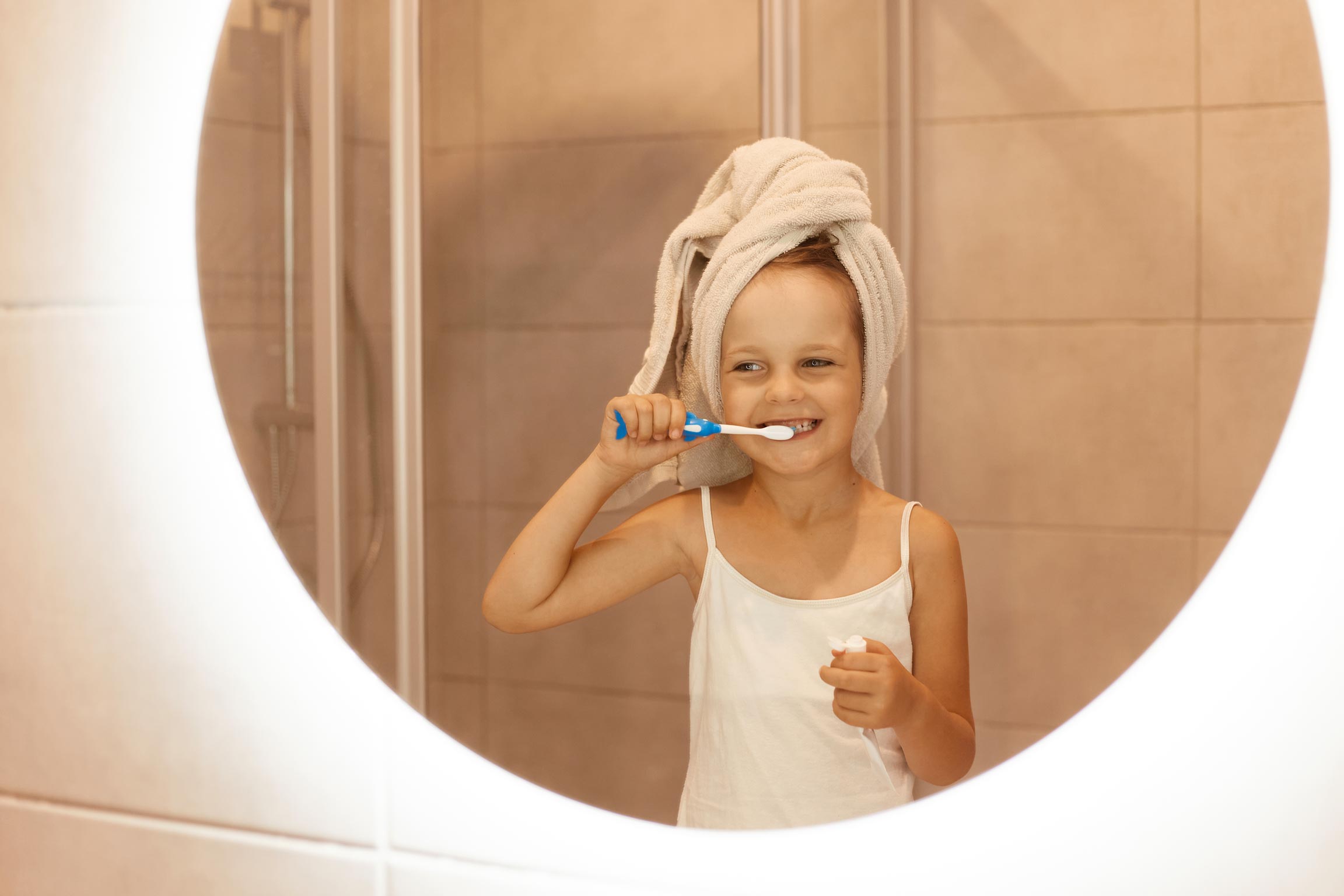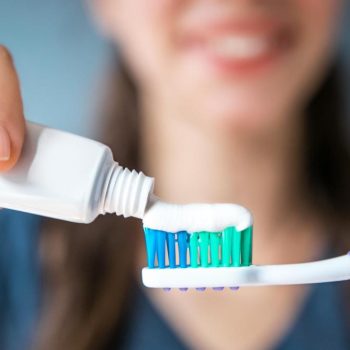
When to Start Brushing Your Teeth: A Guide for Parents
- On 6 September, 2024
Dental care in childhood is essential to establishing healthy habits that last a lifetime. One of the questions parents ask us at the office when they come for their first visit is when they should start brushing their teeth. It is crucial to start this habit at the right time to prevent cavities and future dental problems. In this article, we will explore when and how to start brushing children’s teeth, and offer practical tips for parents and caregivers.
Using a Toothbrush When Brushing Teeth
The American Academy of Pediatric Dentistry (AAPD) recommends that tooth brushing should begin as soon as the first tooth appears, which usually occurs around six months of age (American Academy of Pediatric Dentistry, 2019). Even before teeth appear, it is a good idea to wipe your baby’s gums with a damp cloth or gauze to remove bacteria and get your baby used to the oral hygiene routine.
Once the first tooth appears, it is time to introduce the toothbrush. It is advisable to use a soft-bristled brush with a small head designed specifically for children. These brushes are made to easily reach all corners of the mouth without damaging the baby’s sensitive gums, and should be purchased at pharmacies or at sites specializing in oral care.
How Much Toothpaste to Use?
For children under three years of age, an amount of fluoride toothpaste the size of a grain of rice should be used (American Dental Association, 2020). From the age of three, the amount can be increased to a pea-sized amount. It is essential that parents supervise brushing to ensure that children do not swallow the toothpaste, as excessive intake of fluoride can lead to fluorosis, a condition that affects the appearance of teeth.
Importance of Fluoride in Toothbrushing
Fluoride is a key mineral in preventing cavities. It works by strengthening tooth enamel and helping to remineralize areas that have begun to wear away due to acids produced by bacteria in the mouth. Studies have shown that toothpastes with fluoride are more effective in preventing cavities than those without fluoride (Marinho et al., 2003). Therefore, it is crucial to choose a toothpaste for brushing that contains fluoride to maximize the benefits of brushing. This is a very important aspect and one that we always emphasize during visits.
Tips to Make Brushing Easier
Brushing while brushing can be a challenge, especially with young children who may resist the routine. Here are some tips to make brushing a positive experience:
Make it Fun: Turn brushing into a game or sing a song to keep your child entertained while brushing. There are tablet or mobile apps and songs designed specifically to accompany brushing time.
Model Behavior: Children learn by watching their parents. Brush your teeth with your child so he or she can imitate you and become familiar with the routine.
Use Attractive Toothbrushes: There are a variety of toothbrushes designed with cartoon characters and bright colors. Let your child choose his or her own brush to motivate him or her to use it.
Establish a Routine: Brushing twice a day, in the morning and before bed, should become a daily habit. Consistency is key to establishing a good dental care routine.
Visits to the Dentist: A Critical Step
In addition to regular brushing, the AAPD recommends that children have their first dental visit within the first 3 years of age (American Academy of Pediatric Dentistry, 2019). Early dental visits help identify potential problems, provide professional guidance on dental care, and clarify questions about toothbrush and toothpaste use.
Common Brushing Mistakes in Children
1. Not Supervising Brushing: Young children need supervision to ensure they brush correctly and for the right amount of time, which is about two minutes.
2. Incorrect Use of Toothpaste: Make sure the amount of toothpaste is adequate and supervise that they do not swallow it.
3. Insufficient Brushing: It is common for children to not brush all surfaces of the teeth. Parents should check and help brush hard-to-reach areas.
Summary
Starting brushing from the appearance of the first tooth is essential to establishing healthy oral hygiene habits and preventing cavities in the future. Using the right toothbrush when brushing teeth, applying the correct amount of fluoride toothpaste, and establishing a consistent routine are key steps in children’s dental care. Accompanying these habits with regular visits to the dentist ensures a solid foundation for optimal oral health.
Establishing a proper brushing routine from an early age is a gift to children’s future health, helping them maintain a healthy and strong smile throughout their lives.
References
– American Academy of Pediatric Dentistry. (2019). *Guideline on Infant Oral Health Care*. Pediatric Dentistry.
– American Dental Association. (2020). *Brushing Your Child’s Teeth*. Retrieved from https://www.ada.org
– Marinho, V. C. C., Higgins, J. P. T., Logan, S., & Sheiham, A. (2003). Fluoride toothpastes for preventing dental caries in children and adolescents. *Cochrane Database of Systematic Reviews, 2003*(1), CD002278.



